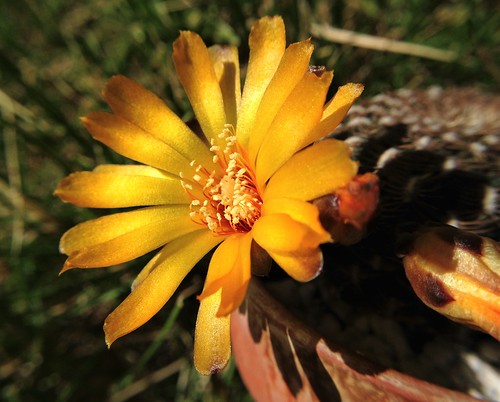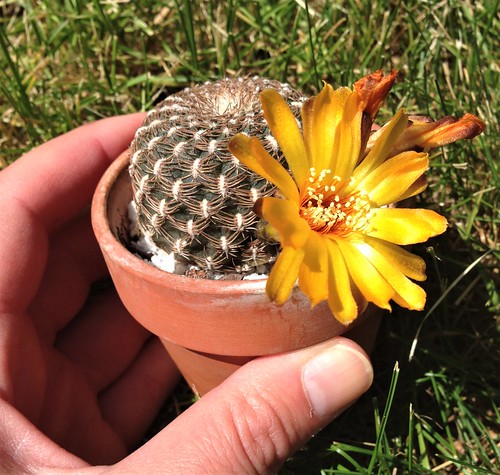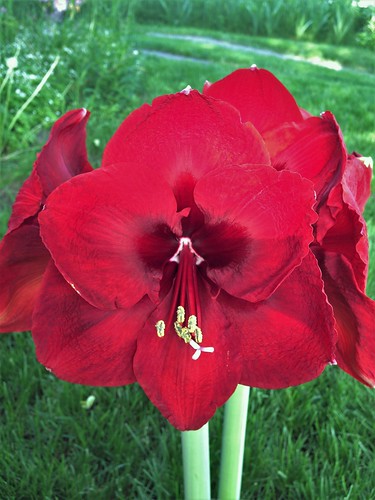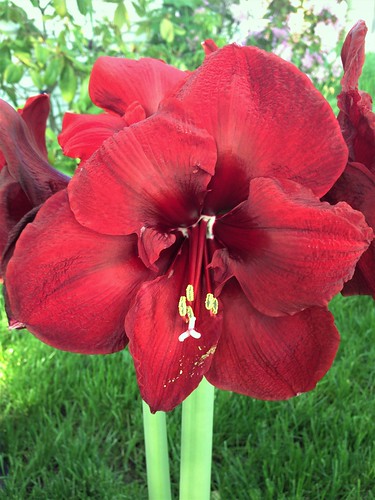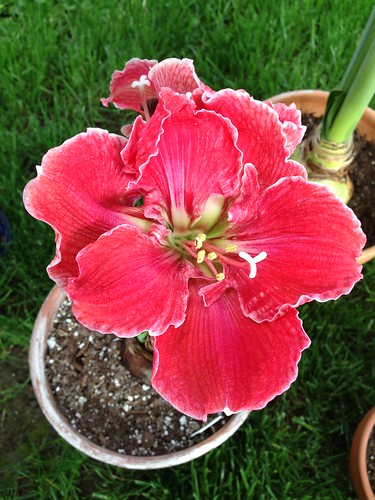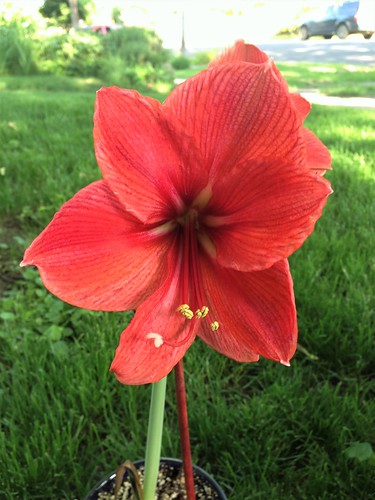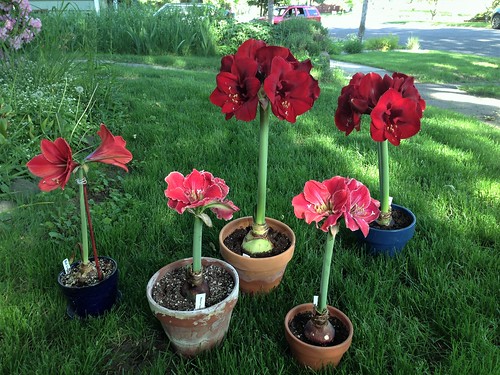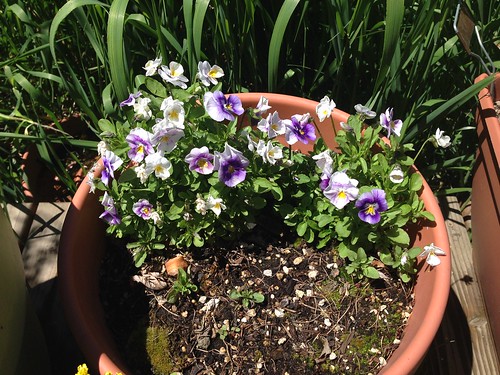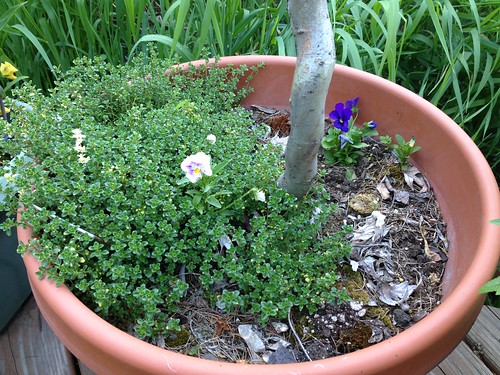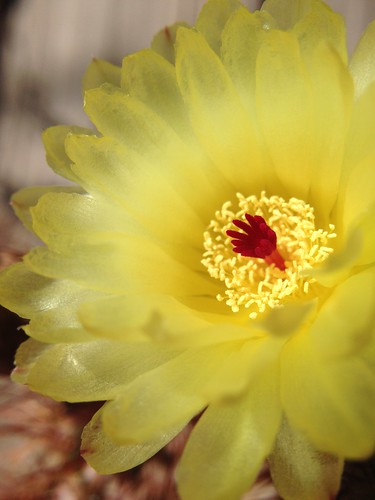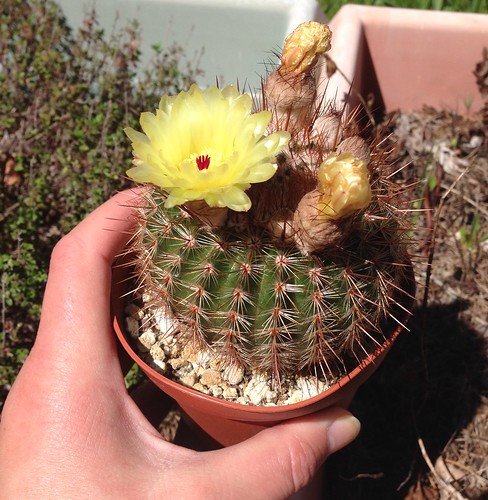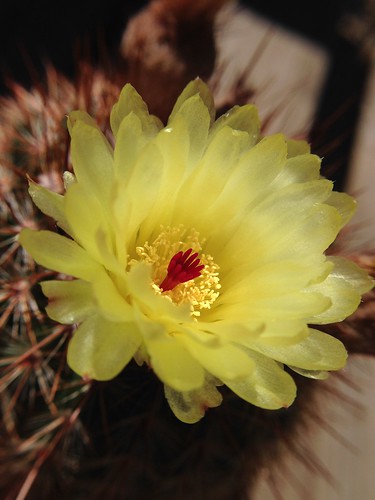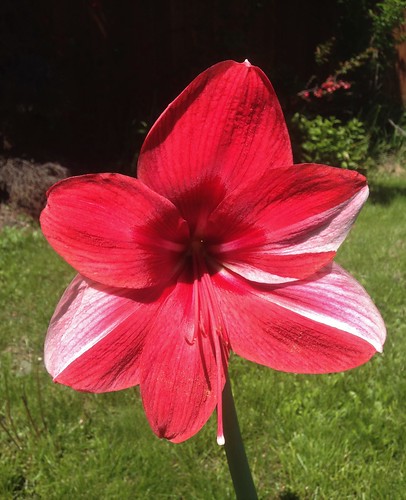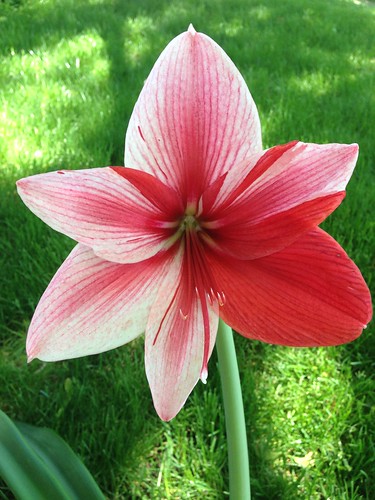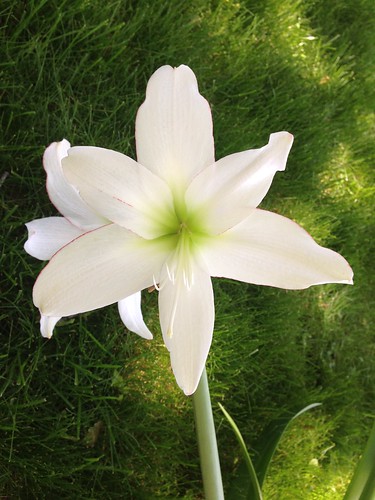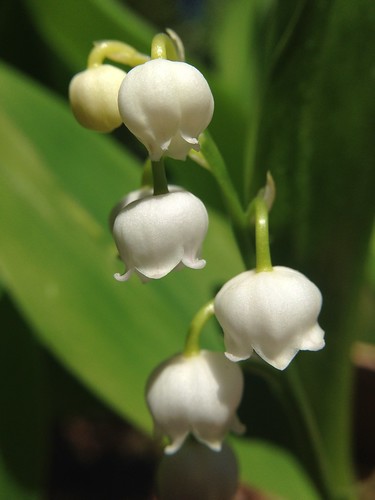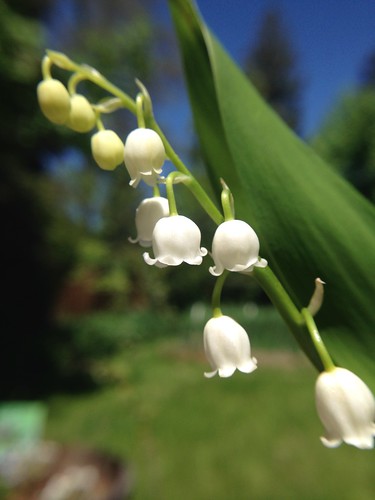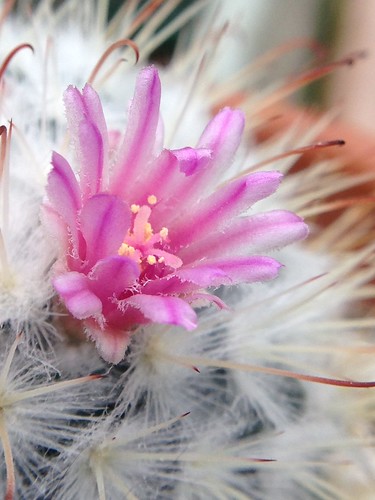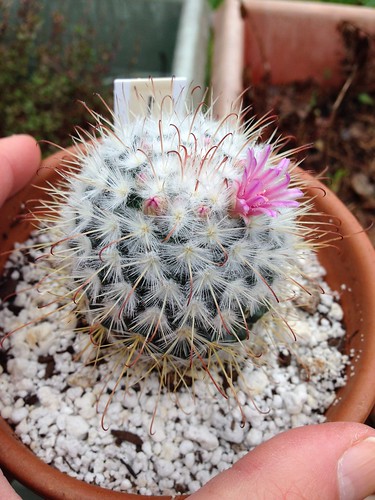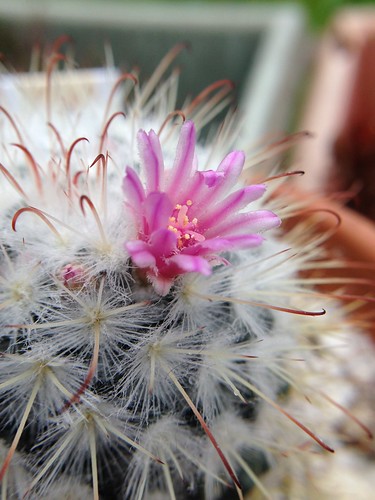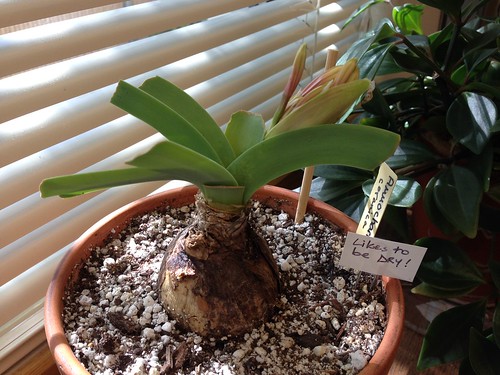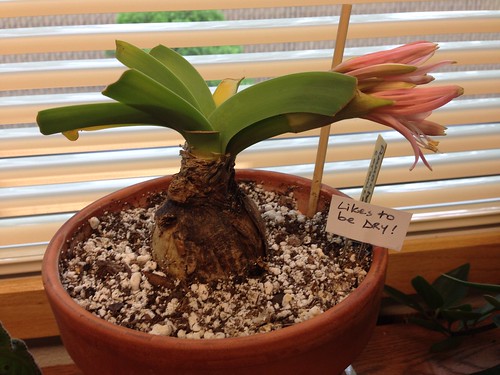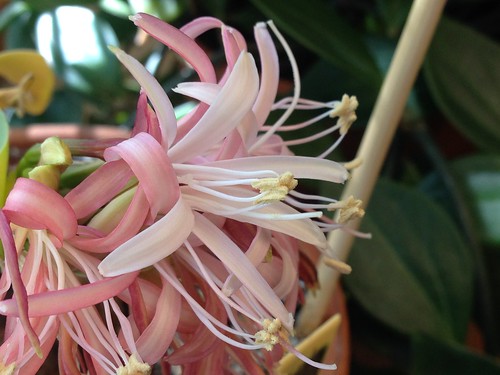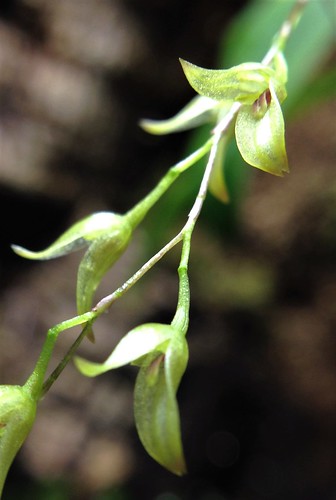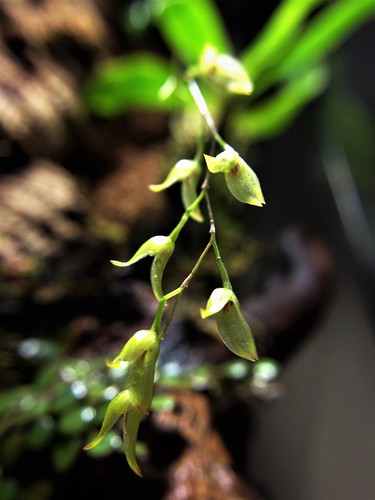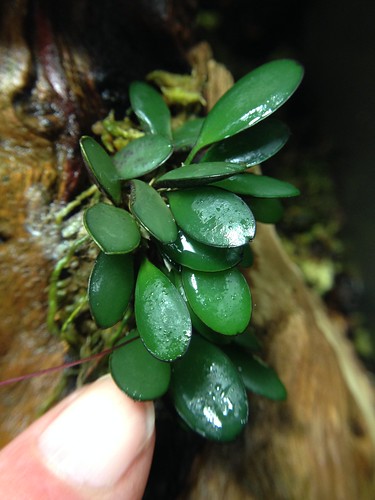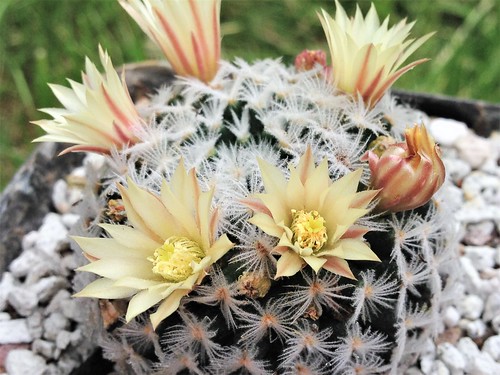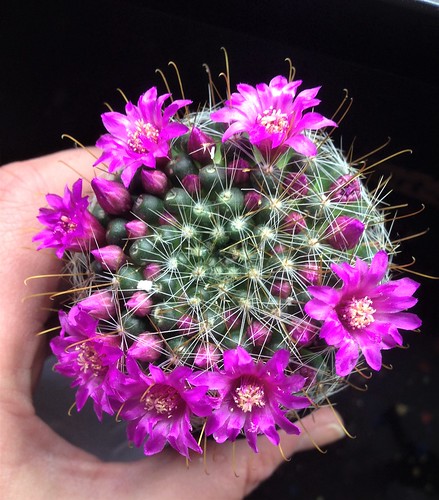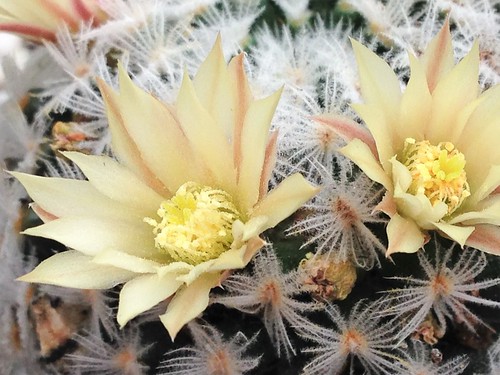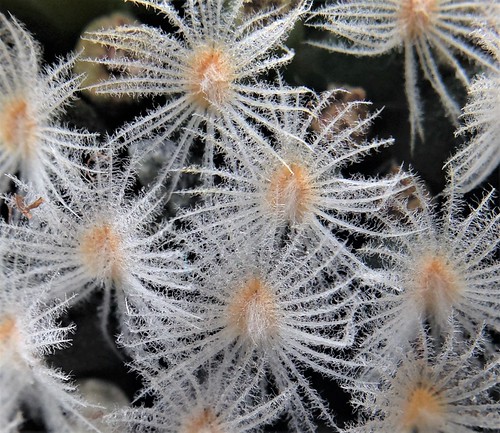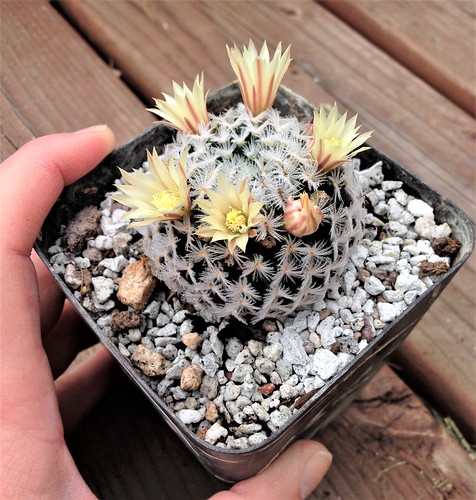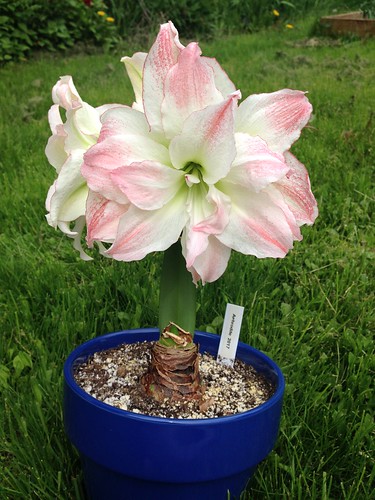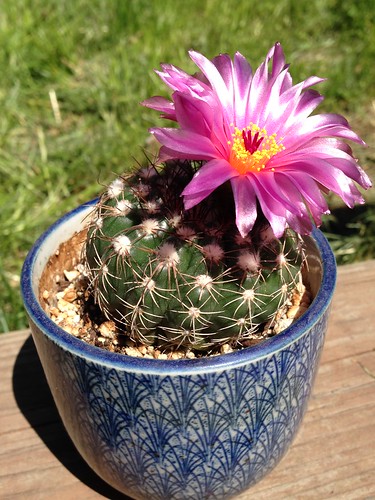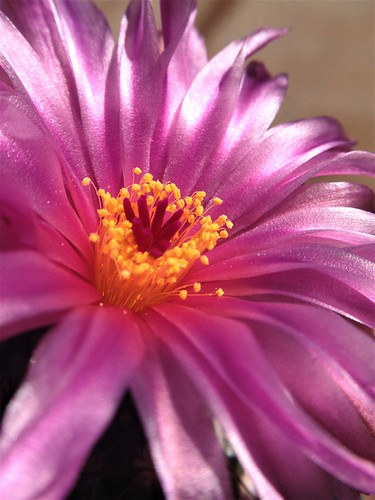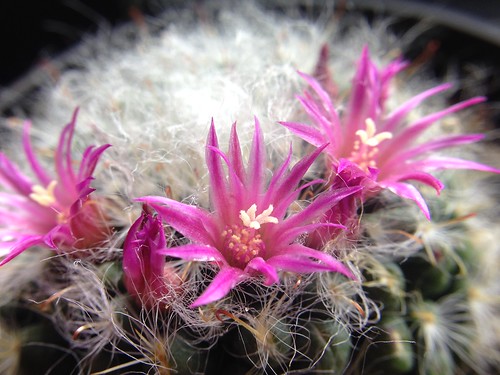Today was the 12th Annual Ladd Marsh Bird Festival. This is the 11th year that I've been here for it, and I have to say, it's one of the highlights of my year.
It starts off with a music program and guest speaker on Friday night, and this year the speaker was Mark Obmascik, who is a journalist and author of
The Big Year. It was great fun, and when we left we were treated to this amazing sunset.
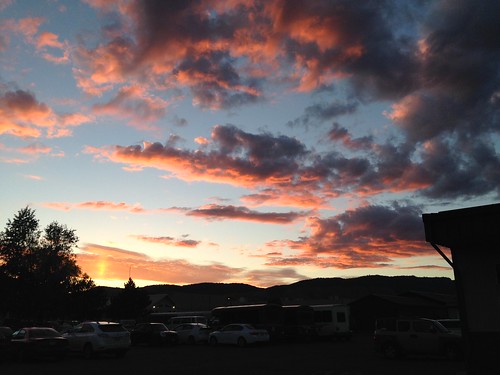
I was also somewhat more excited than usual, because I made a purchase at the program! This is new-to-me spotting scope, a Vortex Viper HD.
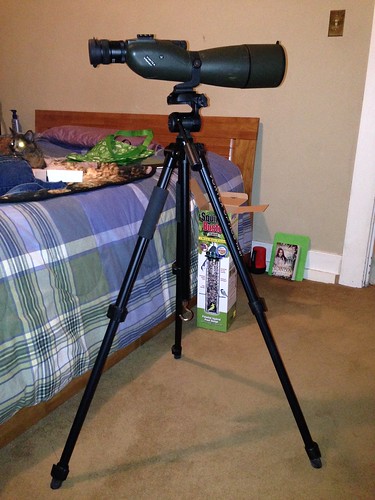
I've been saving my pennies for several months to upgrade my scope. You may remember that last year I was
given a Bushnell Spacemaster II scope
(I still can't believe that). While I like that one, I frequently
found myself wishing that the optics were a little better, so the image
could be a little brighter and a little clearer.
The owner of the local bird shop had this one for sale at the Friday night program. It has been gently used, and other than a cosmetic scratch on the casing is in perfect condition. He gave me a good deal, and now it's mine! The tripod is the one I bought last year, so Yay! I'm set for a while! I'll probably hang on to the Bushnell, since it's a good scope. Maybe I can convince Emma to go birding with me.
The Vortex has a larger lens (80 mm vs 60 mm for the Bushnell), so it's much brighter, and has a higher magnification (20-60x vs 15-45x for the Bushnell), though I will say that the image quality and brightness significantly decrease at the higher zoom levels. This is to be expected with a zoom lens, and happens with both scopes.
I was able to take a couple bird shots with my iPhone 5 through the new scope, and it did well. This one of a coot on a nest came out the best. This is taken from about 100 feet away.
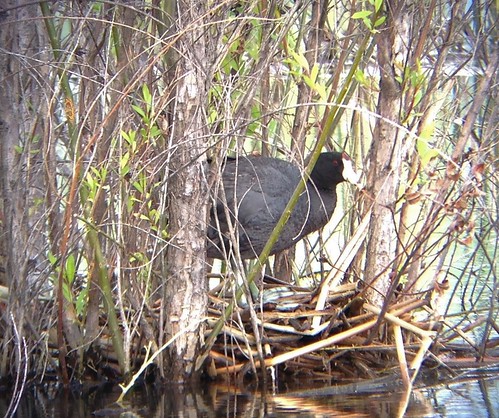
I have a hard time lining up the camera with the scope lens properly, and holding the camera steady enough to get a clear picture. It will take practice, but I also may or may not be ordering a phone-to-scope adapter mount to be able to get clearer images. (Hint: I already did.)
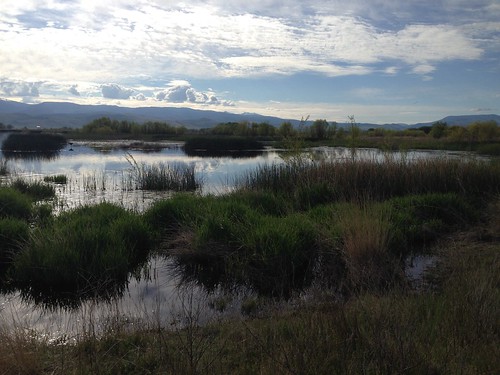
The marsh part of the Bird Festival weekend was great fun, and we saw 67 species of birds in six hours at my station. That's fewer species than normal, but the water was really high in the marsh this year, and we didn't get the suite of shorebirds that we usually do. My prize for the morning was a wood duck. They're so fancy!
After lunch, Anne and I went birding on our own around the valley, and added another handful of species to our lists for the day. My highlights for this part of the day were Western tanagers and a lazuli bunting. Beautiful!
We drove up and around High Valley Road and a couple side roads, between Cove and Union on the southeast side of the Grande Ronde Valley, which is one of my favorite bird routes. The views along this drive never fail to take my breath away.
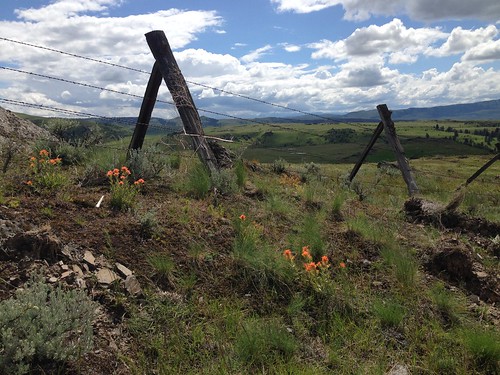
All in all it was a great day.
